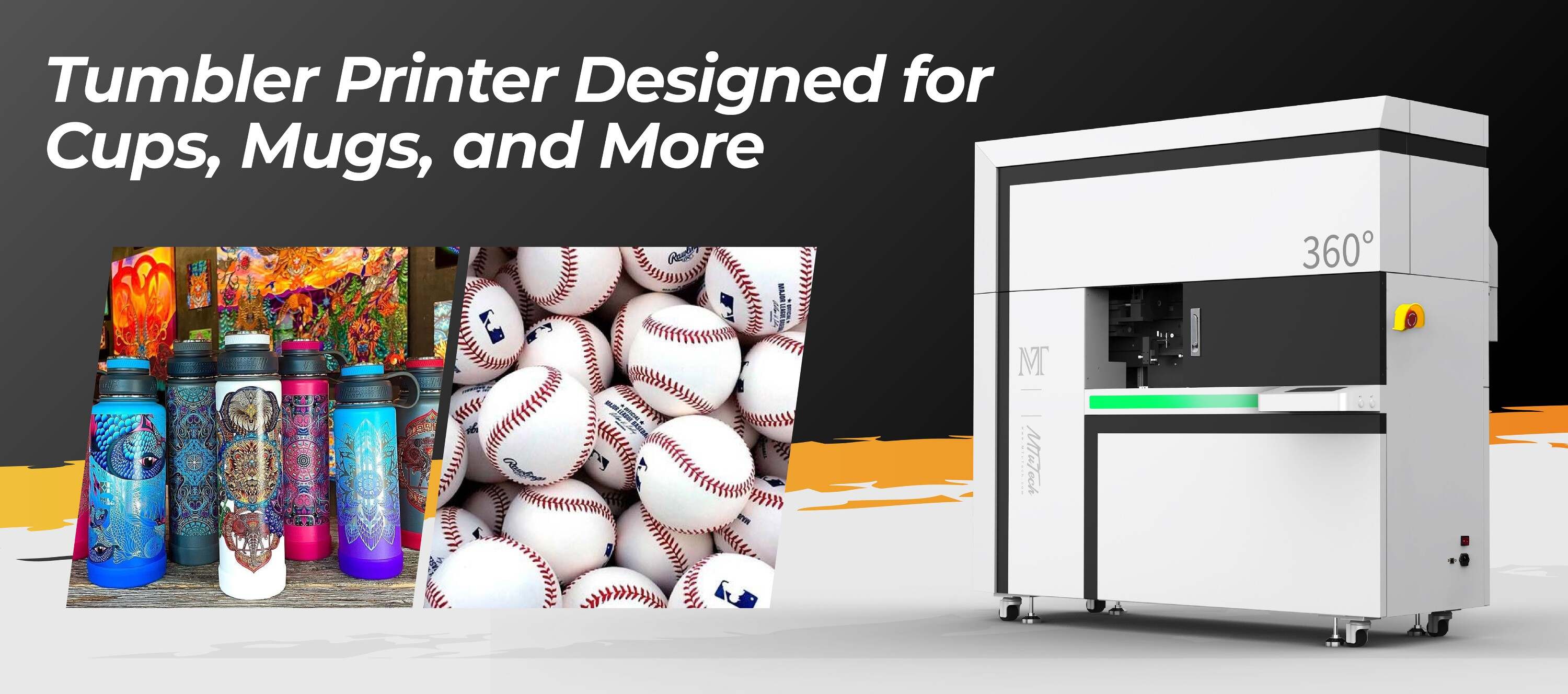 Best Cylinder Printer Settings for High-Speed Jobs
Best Cylinder Printer Settings for High-Speed Jobs
Introduction
Cylinder printers are an essential tool for various industries, from packaging to promotional products. For businesses aiming for efficiency and high-speed output, understanding the best cylinder printer settings can make all the difference. In this guide, we’ll walk you through the optimal settings, techniques, and considerations to achieve high-speed jobs without sacrificing print quality.
Understanding Cylinder Printers
Cylinder printers operate by rotating the item being printed, ensuring even coverage and high-definition designs. Whether you’re printing on bottles, cans, or other cylindrical objects, the right settings can dramatically enhance your workflow and production rate.
The Importance of Proper Settings
Proper settings determine not only the print quality but also the speed and efficiency of your job. The wrong adjustments can lead to issues such as:
·
Poor image quality
·
·
Inconsistent color output
·
·
Prolonged production time
·
·
Increased material waste
·
Understanding and adjusting your cylinder printer settings can prevent these issues and facilitate smoother operations.
Key Cylinder Printer Settings to Adjust
1. Print Speed
The print speed setting dictates how fast the material moves through the printer. For high-speed jobs, consider:
·
Optimizing Speed: Start with the manufacturer’s recommended speed and conduct test prints.
·
·
Monitoring Print Quality: Increase speed incrementally while checking for print quality.
·
·
Balancing Speed and Quality: Find a sweet spot that maximizes both efficiency and quality.
·
2. Ink Thickness and Viscosity
The thickness of the ink layer significantly affects print quality. Here’s how to set it properly:
·
Adjusting Viscosity: Use inks with appropriate viscosity for high-speed jobs—thinner inks often dry faster.
·
·
Testing Durability: Thinner layers may lead to less durable prints, so fine-tune based on the end-use.
·
3. Pressure Settings
Tuning the pressure between the print head and the substrate is crucial. Follow these guidelines:
·
Find the Right Pressure: Too much pressure can result in smudging, while too little may lead to incomplete prints.
·
·
Use Pressure Gauges: Utilize pressure gauges for accurate adjustments to maintain consistency.
·
4. Temperature Control
The curing or drying process is influenced by temperature. Optimize it for speed:
·
Set Optimal Curing Temperature: Ensure the temperature aligns with your ink manufacturer’s specifications.
·
·
Monitor Ambient Conditions: Maintain a consistent environment for better curing results.
·
Additional Considerations for High-Speed Printing
1. Material Selection
The substrate you choose can significantly influence the speed and quality of your prints. Opt for materials specifically designed for cylinder printing to ensure smooth processing.
2. Regular Maintenance
Keep your printer in top condition with regular maintenance, including:
·
Cleansing print heads
·
·
Checking for wear and tear on parts
·
·
Updating firmware regularly
·
3. Software Settings
Make sure your design software complements high-speed printing through:
·
Using appropriate file formats
·
·
Adjusting resolution settings for speed versus quality
·
Testing and Calibration
Before commencing a high-speed job, it’s essential to conduct tests and calibrate settings. Regular tests help you identify the most efficient settings, and keeping a log of successful parameters for various jobs can save time in the future.
Conclusion
Achieving high-speed output with cylinder printers is a balancing act of various settings and techniques. By understanding and optimizing factors such as print speed, ink thickness, pressure, and temperature, you can enhance both efficiency and print quality. Don’t overlook the importance of materials, regular maintenance, and software settings in your pursuit of high-speed productivity.
For those looking to invest in a high-quality cylinder printer, explore our high-quality cylindrical printers here to find the right fit for your needs.
FAQ
What is the ideal print speed for high-speed cylinder printing?
The ideal print speed varies by printer model and substrate but typically ranges from 30 to 60 meters per minute. Testing is essential to find your printer’s optimal speed.
How can I ensure high-quality prints at high speeds?
To maintain high quality, adjust pressure settings appropriately, use suitable inks, and ensure adequate curing temperatures. Regular maintenance and calibration are also crucial.
What types of ink work best for high-speed cylinder printing?
Inks with lower viscosity often work better for high-speed printing as they dry faster. UV-curable inks are popular for their durability and quick curing times.
How often should I maintain my cylinder printer?
Regular maintenance should be conducted at least once a month, or more frequently depending on usage levels. Key areas of focus should include print head cleaning and checks for wear on moving parts.
What materials are best suited for cylinder printing?
Materials specifically designed for cylinder printing, such as treated plastics, metals, and certain glass substrates, yield the best results and enhance the printing process.
